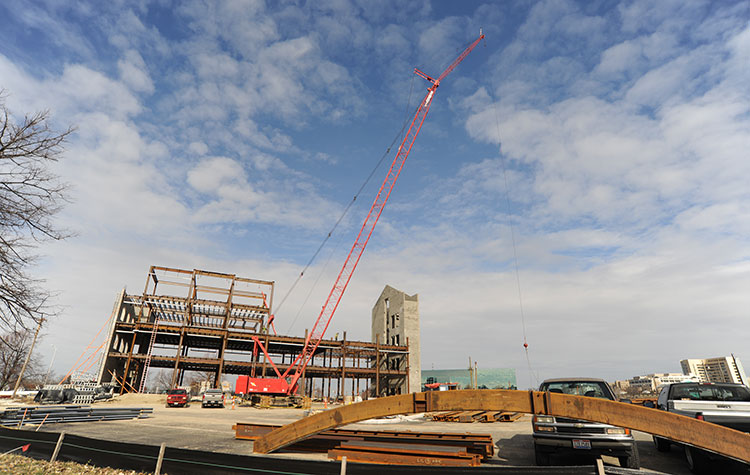Document Type
Article
Publication Date
11-2016
Publication Source
Advances in Transportation Studies, Section B
Abstract
The main objective of this study was to determine the factors that contribute significantly to the levels of injury severity when run-off-road (ROR) crashes occur. This study used a 5-year crash data for years 2008 - 2012 from the state of Ohio. The decision tree model in conjunction with generalized ordered logit model was used to investigate characteristics of injury and fatality of run-off-road crashes in Ohio.
The decision tree modeling was used for exploratory data analysis identified eight factors that explain a large amount of the variation in the response variable, injury severity. These predictor variables include road condition, ROR crash types, posted speed limit, vehicle type, gender, alcohol-related, road contour, and drug-related.. The results from the generalized ordered logit regression show that the following are significant factors in increasing the likelihood of ROR injury severity levels, i.e., incapacitating and fatal injuries: alcohol and drugs use, curves and grades, female victims, overturn/rollover crashes, ROR crashes on dry roadway surfaces. Additionally, buses, truck, and emergency vehicles, and ROR crashes on roadways with posted speed limits of 40 mph or higher increase the probability of injury severity.
Inclusive pages
53-68
ISBN/ISSN
1824-5463
Document Version
Published Version
Copyright
Copyright © 2016, Advances in Transportation Studies
Publisher
Aracne
Volume
40
Peer Reviewed
yes
Keywords
run-off-road, generalized ordered logit model, decision tree, classification tree, injury severity
eCommons Citation
Eustace, Deogratias; Almutairi, Omar Eid; and Hovey, Peter W., "Modeling Factors Contributing to Injury and Fatality of Run-off-Road Crashes in Ohio" (2016). Civil and Environmental Engineering and Engineering Mechanics Faculty Publications. 30.
https://ecommons.udayton.edu/cee_fac_pub/30




Comments
Document is made available for download with the permission of the publisher. Permission documentation is on file.